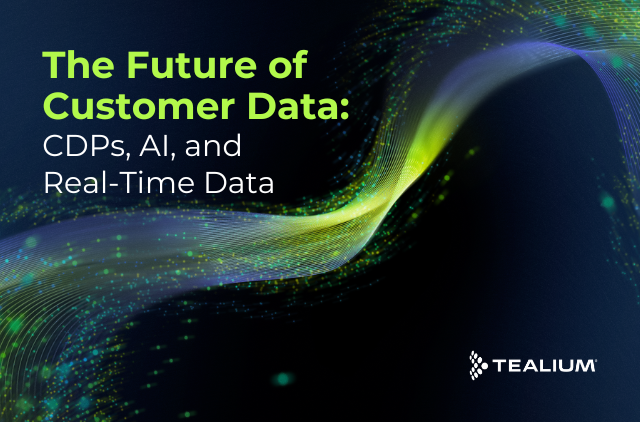Author: Jack Maden, Marketing Manager, Decibel Insight
Digital Velocity San Francisco is just over a week away, and Decibel Insight will be back in our Partner Pavilion this year. Decibel is a long-standing Tealium certified technical partner, and has strong integrations with Tealium iQ Tag Management and AudienceStream. Check out our DV partner spotlight to learn more about how their digital experience analytics platform reveals exactly how users behave on websites and apps, making it easy for enterprise businesses to quantify and improve the customer experience at every digital touchpoint.
How do companies like Amazon consistently manage to stay ahead of the competition online? They focus obsessively on two things:
- Gaining visibility into digital customer experiences (i.e. understanding how customers behave and feel)
- Actioning these insights throughout the organization (i.e. being agile with improvements)
‘Okay,’ you might be thinking, ‘but what does that actually mean for my company in practice? How can we improve on those two things?’
Well, let’s add a bit of context to address that question.
Customer Experience is a Brand’s Greatest Competitive Differentiator
89% of customers stop doing business with a brand after a bad experience[1].
That’s right: after a delayed delivery here, an unintuitive app there, 89% of customers abandon a company, never to return.
In 2016, poor customer experience translated into a $68 billion loss for US businesses, and $48 billion for UK businesses.
No wonder, then, that Gartner states that customer experience is a brand’s greatest competitive differentiator. Today’s businesses no longer simply compete on product, price, and advertising space: the experience they provide to customers has become incredibly important, in terms of brand reputation, winning initial business, and establishing customer loyalty.
Optimizing Digital Experiences: the Need for Change
Businesses that acknowledge the importance of delivering good customer experiences online face substantial challenges. How can processes be optimized if digital interactions can’t be properly measured? If conversions can’t be reliably attributed? If there’s not even any visibility into customer sentiment?
These challenges can be overcome by companies that commit to digital experience transformation. Leading global publisher LexisNexis, for example, increased the year-on-year revenue of its UK website by 81% after committing to a digital experience transformation project.
Achieving Digital Experience Transformation
Achieving a successful digital experience transformation depends on the two key focuses mentioned earlier:
- Gaining visibility into digital customer experiences (i.e. understanding how customers behave and feel)
- Actioning these insights throughout the organization (i.e. being agile with improvements)
Taken together, these two things represent a brand’s digital experience maturity. And they feed each other: the more visibility brands get into digital experiences, the more they can align their business around the insights that matter. And, if visibility feeds business alignment, then alignment feeds greater investments into initiatives that grant more visibility.
The Digital Experience Maturity Curve
The Digital Experience Maturity Curve – based on a survey of the industry as it currently stands – outlines where companies sit when it comes to the level of sophistication they have in measuring and improving digital experiences. It ranges through five maturity phases, from companies that have minimal visibility into digital experience and siloed departments, to those with maximum visibility and total business alignment.
The curve shows a positive correlation: as brands obtain more understanding into how customers feel, the more agile they can be with improvements. The five maturity phases are representative of the data a company collects, its alignment around this data, buy-in of its stakeholders, and the optimization philosophy it uses.
Download your free copy of the latest report from Decibel Insight now to see which phase your company sits in, and discover real-life examples of how businesses can mature to achieve digital transformation. By going beyond pure conversion rate optimization, you can harness the power of digital experience optimization to place customers at the heart of all you do, increasing both conversions and customer lifetime value on your website or app.
Our team will be ready to chat at Digital Velocity about digital experience maturity, and how Tealium and Decibel can together help you achieve a successful digital experience transformation. Plus, our VP Client Services – Gemma Espineira – will be hosting the Digital Experience Transformation: Beyond Conversion Optimisation roundtable on day 2, so make sure to secure your seat!
About the author
Jack Maden is Inbound Marketing Manager at Decibel Insight, the leading digital experience analytics technology that reveals exactly how users behave on websites & apps.
Twitter: https://twitter.com/DecibelJack
LinkedIn: https://www.linkedin.com/in/jack-maden-744b0153/
[1] All the stats in this article can be found in the following report: Digital Experience Transformation: Beyond Conversion Optimization.






